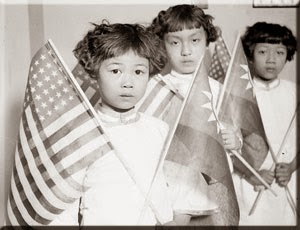In his work, Simmel is assuming that the stranger is accepted into the new group. Though they are different and not close to everyone in the group, they are accepted as a unique facet in an already established group. This isn't necessarily always the case. What happens when the stranger is not accepted? A case I thought of during this discussion were Chinese immigrants to America. Immigrants from China were forced and exploited into doing hard labor. They were close in proximity to other American workers, but not relationally. Their origin was obviously different, as they had just entered the United States. However, unlike Simmel's theory of the stranger, these Chinese immigrants were not accepted into the group. In the 1800s, several Chinese Exclusion Acts were passed, ceasing Chinese immigration into the States and placing limitations on Chinese immigrants who were already working in the country. These immigrants were prejudiced against and were worked to the bone. Though they could possibly be objective to others in the US, they certainly were not free.
 |
| Several Chinese Immigrant students. |
No comments:
Post a Comment